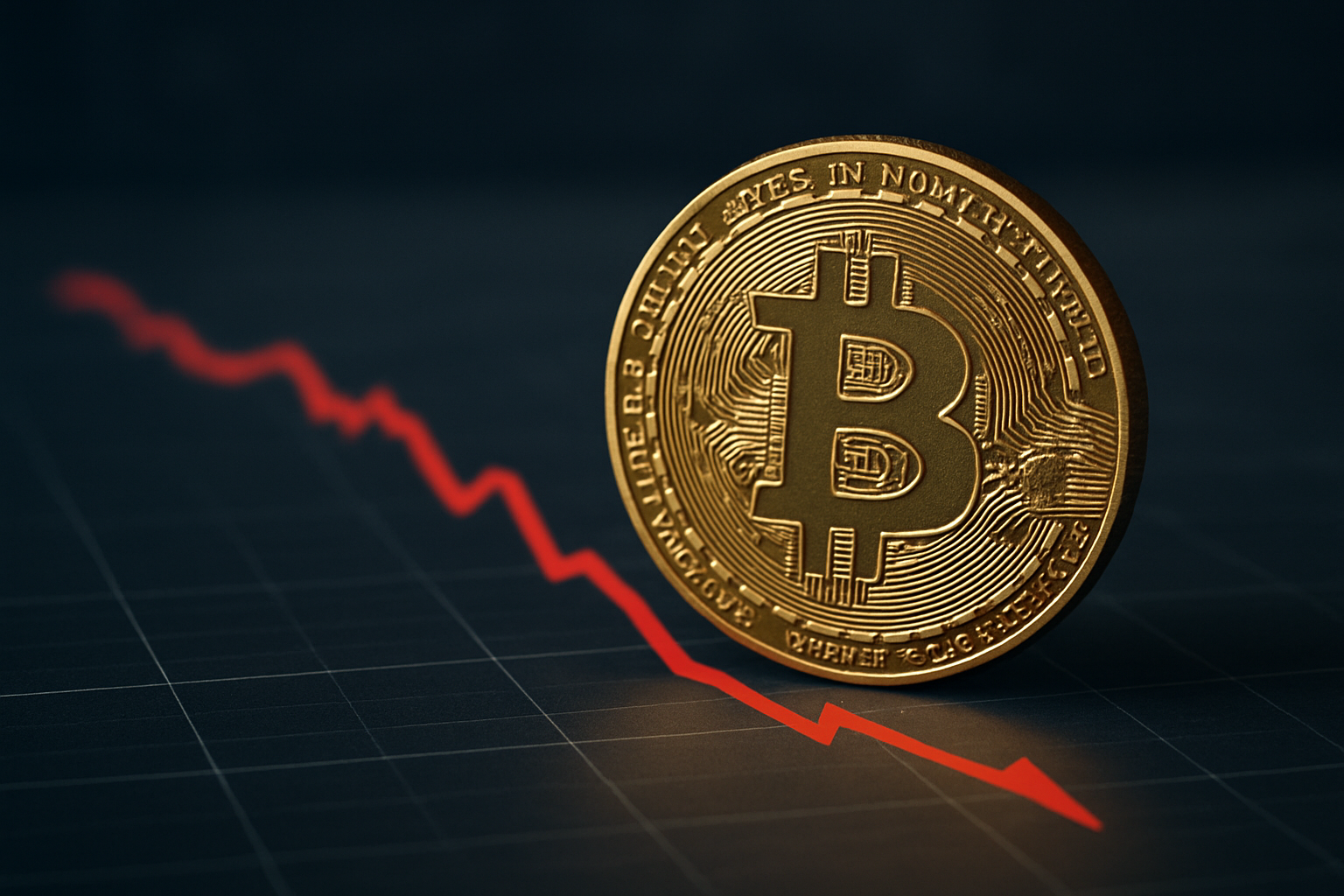Bitcoin has slipped into its deepest bearish phase of the current market cycle, with institutional demand weakening and core trend indicators breaking to the downside. The shift raises concerns that the multi-year bull market that began in early 2023 may be nearing exhaustion, according to new data published by analytics firm CryptoQuant.
The cryptocurrency fell to $90,915, extending a month-long decline that has pushed BTC far below its long-term trendline. With the macro environment turning cautious and flows into U.S. Bitcoin ETFs slowing sharply, analysts say market conviction is deteriorating faster than at any point this cycle.
Bearish Indicators Flash as BTC Breaks Below Key Support
CryptoQuant’s latest report describes market conditions as the “most bearish” seen since the cycle began in January 2023.
The platform’s Bull Score Index has dropped to 20/100, an extreme reading historically associated with late-cycle weakness and capital outflows.
On price trends, BTC now sits well under its 365-day moving average at $102,000—a line that has historically separated bull-market strength from bear-market territory. The last time Bitcoin fell decisively below this level was in early 2022, a move that preceded months of deep corrections.
The current drawdown sits at 28%, with BTC testing major support in the $90,000–$92,000 range. CryptoQuant emphasized that a break below this zone could expose a liquidity pocket near the high-$80,000 region.
Institutional Demand Cools as ETF Inflows Slow
One of the defining features of the bull cycle was aggressive accumulation by corporate treasuries and asset managers. That trend has now faded.
Bitcoin treasury companies—including Michael Saylor’s Strategy—have slowed their purchases as funding conditions tighten and market sentiment weakens. Meanwhile, Bitcoin ETFs, previously a dominant source of inflows, are losing momentum.
According to CoinShares, year-to-date ETF inflows stand at $27.4 billion, down about 30% from last year’s $41.7 billion.
With fewer institutional buyers stepping in to absorb supply, price pressure has intensified across major exchanges.
Key Market Catalysts Have Run Their Course
CryptoQuant attributes part of the cooling demand to the absence of fresh macro or political catalysts.
In 2024, Donald Trump’s election win propelled Bitcoin above $100,000 for the first time. In 2025, the debut of several Bitcoin Treasury Companies helped drive BTC to $120,000 in August.
Those tailwinds have now faded.
The report notes that potential bullish triggers—such as a U.S. strategic Bitcoin reserve or aggressive Federal Reserve rate cuts—either appear unlikely or are already heavily priced in by markets.
Analysts also point to the historical four-year cycle structure, which previously defined the 2014–2017 and 2018–2021 periods. Under this model, the current cycle (2022–2025) may be entering its final phase.
Short-Term Pain, But Relief Rallies Still Possible
While market structure has weakened substantially, CryptoQuant stresses that a sustained collapse is not the base case.
Even during bear phases, Bitcoin often stages 40–50% relief rallies, particularly after sentiment hits extreme lows.
However, Bitcoin now faces strong overhead resistance at the 365-day moving average, currently near $102,600. Without renewed institutional inflows, reclaiming this level may prove difficult.
BTC briefly dipped to $88,400 on Wednesday—its lowest point since April 2025—before recovering above $91,600. Traders are watching whether the market can stabilize above the $90,000 threshold, which has become the final line of defense before a deeper structural retest.
Forward View: Liquidity, ETFs, and Macro Will Decide the Next Move
Bitcoin’s trajectory over the coming months depends heavily on whether macro conditions ease and fresh liquidity returns to risk assets.
If ETF inflows revive and treasury buyers resume accumulation, BTC could reestablish its long-term trend. But if institutional flows remain stagnant and the Federal Reserve maintains tighter financial conditions, Bitcoin may struggle to break out of its deepening bearish phase.
The cycle has not ended yet—but for the first time since 2023, the burden of proof is shifting back to the bulls.













Leave a comment